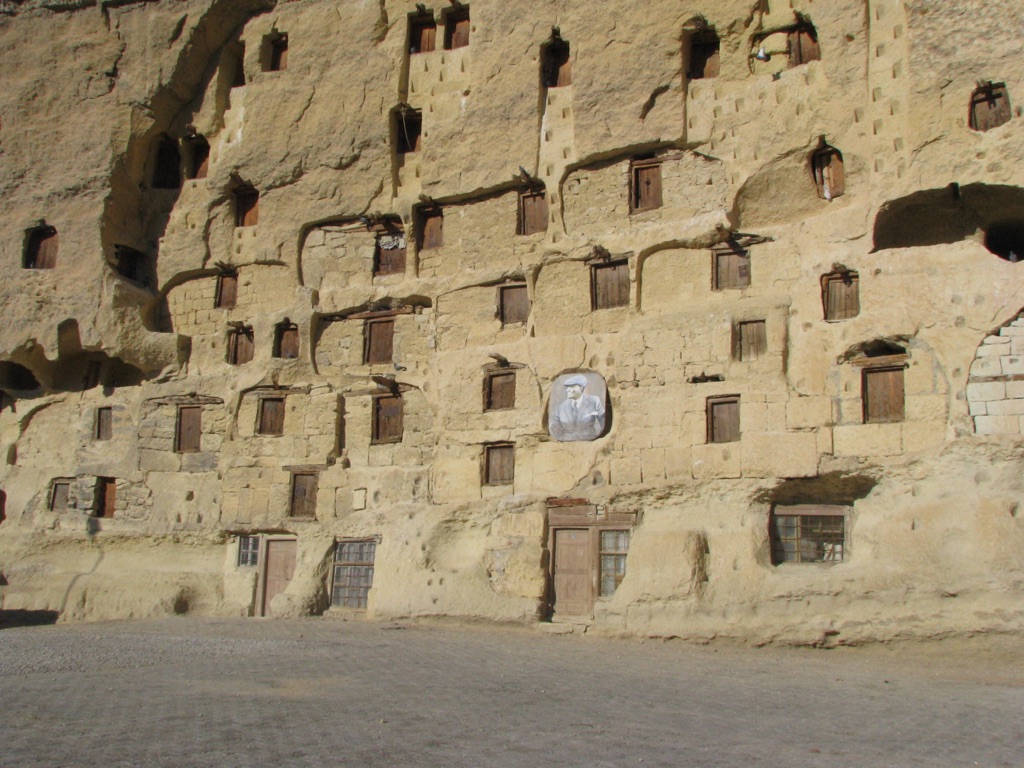Summary
An Introduction to Taşkale’s Unique Heritage
Taşkale is a testament to human ingenuity and cultural heritage. Nestled in Turkey’s Karaman province, this historical site boasts ancient grain storage facilities, known as ‘yedi kardesler.’ These remarkable rock-cut granaries date back to the Byzantine era. They tell a story of agricultural practices and communal living from centuries ago. Visitors to Taşkale are struck by the blend of natural beauty and history. The site is a living classroom, showcasing architecture without the use of modern tools. Taşkale not only offers a window into the past but also provides insights into the sustainable use of natural resources.
Get your dose of History via Email
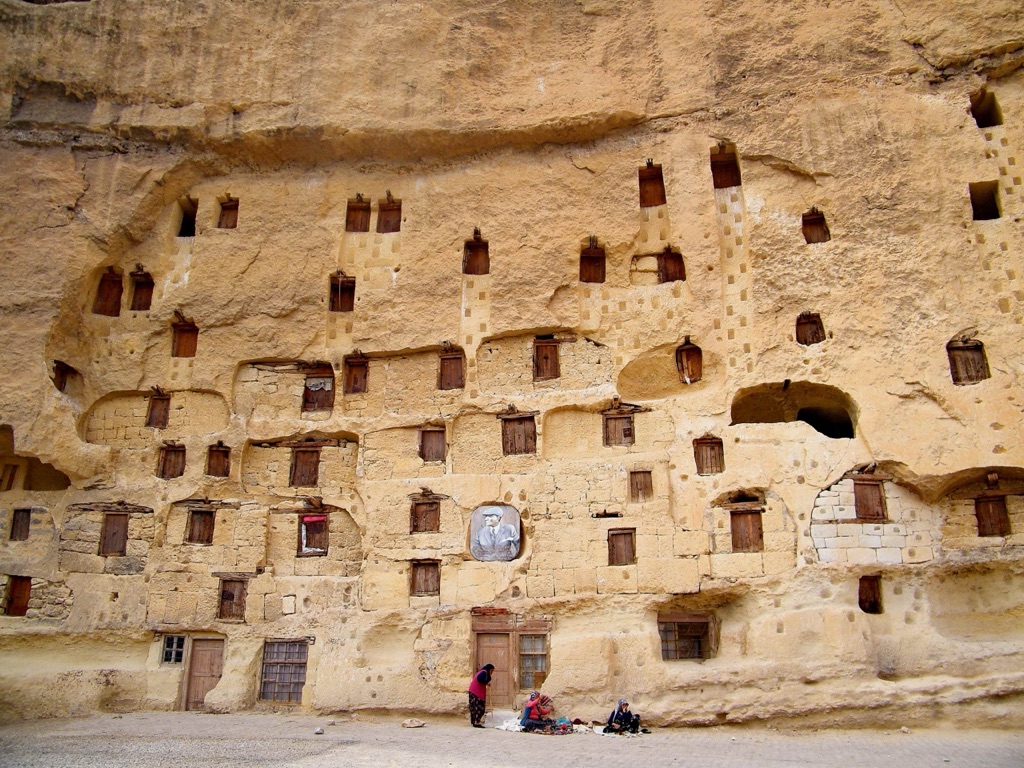
Architectural Marvels of Taşkale
The granaries of Taşkale, carved directly into the rock face, exemplify a blend of form and function. Each chamber reflects the community’s effort to preserve their harvests against the harsh elements. The sophisticated design allowed for protection against humidity and pests, ensuring food security. These storerooms, perched high above ground level, are accessible via a network of precarious paths and ladders. Their strategic location served as a deterrent to theft. The skilled craftsmanship of these structures stands as a symbol of the historical community’s resilience and adaptability.
The Cultural Significance of Taşkale
Taşkale is more than a historical site; it is a cultural hub that encapsulates the essence of a bygone era. The granaries are etched with inscriptions and motifs that provide clues to the religious and social dynamics of the era. These etchings are a font of information for historians and archaeologists. The site itself plays a significant role in the local community, serving as a reminder of their ancestors’ way of life. Taşkale promotes national pride and identity. It draws attention to the importance of preserving such sites. They give future generations a lens through which to understand their heritage.
Historical Background of Taşkale
Origins and Early Civilization
At the heart of Karaman province lies the historic site of Taşkale, a marvel that traces back to ancient civilizations. First established by the Hittites, the area was also influenced by the Romans and Byzantines over the centuries. The rock-cut granaries at Taşkale, often called ‘the brothers,’ stand as enduring evidence of the site’s usage as a center for grain storage. Remarkably, these granaries sustained communities through both abundance and times of scarcity, showcasing early agrarian sophistication.
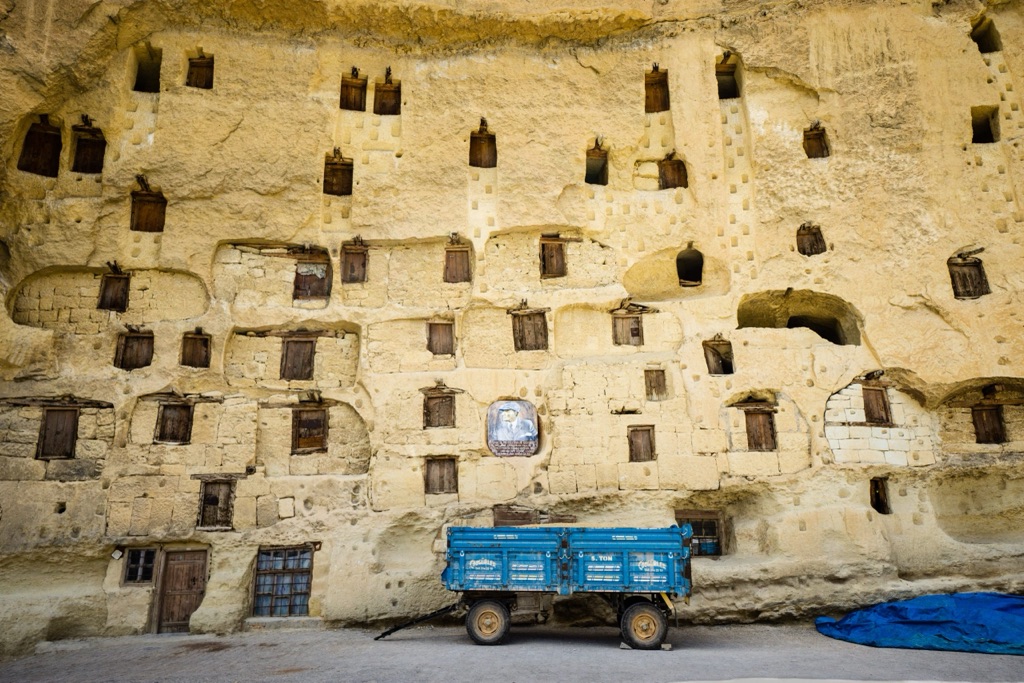
Byzantine Era Contribution
Dating back to the Byzantine period, Taşkale’s granaries represent a peak in early engineering. They were carefully carved into soft tufa rock formations, well-suited for grain preservation. This method was both innovative and sustainable, utilizing natural cave-like formations to create an ecosystem that naturally kept food stores cool and dry. Furthermore, Taşkale became a strategic stronghold, where supplies could be kept safe from invading forces, playing a vital role in local defense strategies.
Architectural Ingenuity
The ingenuity of Taşkale’s storage system lies in its simplicity and effectiveness. Narrow openings reduced air circulation, limiting moisture that could spoil the grain. The granaries’ high locations deterred vermin and theft, while the community developed a shared system for managing this invaluable resource. This collectivist approach to food storage is a testament to the cooperation and unity of the historical population residing in the region.
The granaries of Taşkale, accessible by a network of paths and ladders, offer visitors a glimpse into the resourcefulness of past societies. Not just storehouses for grain, these structures served as an early form of insurance against famine and war. Their very existence points to a structured society with advanced planning capabilities and a deep understanding of their environment.
Today, the historical significance of Taşkale captures the imagination of visitors from across the globe. It remains a living museum, echoing the stories of those who once toiled to ensure the survival of their community. It’s a cultural landmark that continues to inspire wonder and respect for the ingenuity of our ancestors, urging us to reflect on the evolution of human societies.
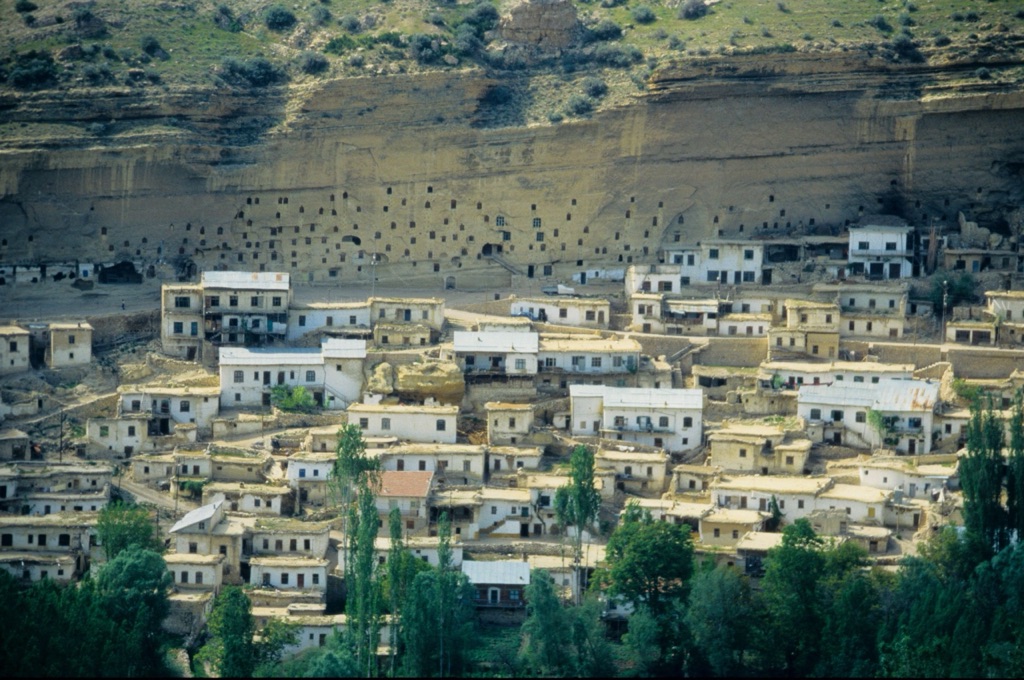
The Discovery of Taşkale
Unearthing an Ancient Civilization
The discovery of Taşkale’s granaries was a significant archaeological milestone. Local shepherd’s stumbled upon this treasure in the 19th century. They noticed the peculiar rock formations while tending to their flocks. This chance encounter unveiled a network of caves and storage units. They date back to the Byzantine Empire. Their finesse immediately suggested that Taşkale was more than a natural occurrence.
Academic Spotlight on Taşkale
Interest among scholars and historians peaked in the early 20th century. They conducted formal studies at Taşkale. It became clear these were no ordinary caverns. The granaries had a sophisticated construction method. They bore witness to advanced ancient societies. The academics traced their origins to a period when the local community foresaw the need for secure food storage solutions.
Preservation of a Historical Marvel
With its discovery, efforts to preserve Taşkale started gaining momentum. Conservationists recognized the need to safeguard the integrity of this site. It offered precious insight into past agrarian lifestyles. The Turkish government acknowledges Taşkale as a significant historical landmark. They implemented measures to protect and maintain its structures.
Taşkale’s discovery was not just about uncovering a site. It brought to light the ingenuity of human survival. The granaries represented a bygone era’s triumph over environmental and social challenges. They became a focal point for studies into Byzantine architecture and agrarian history.
The discovery of Taşkale inspired local and international interest in the region’s history. It has become a beloved destination for travelers and history enthusiasts alike. Its unveiling added a rich chapter to the tapestry of world history. It continues to unfold with ongoing exploration and research.
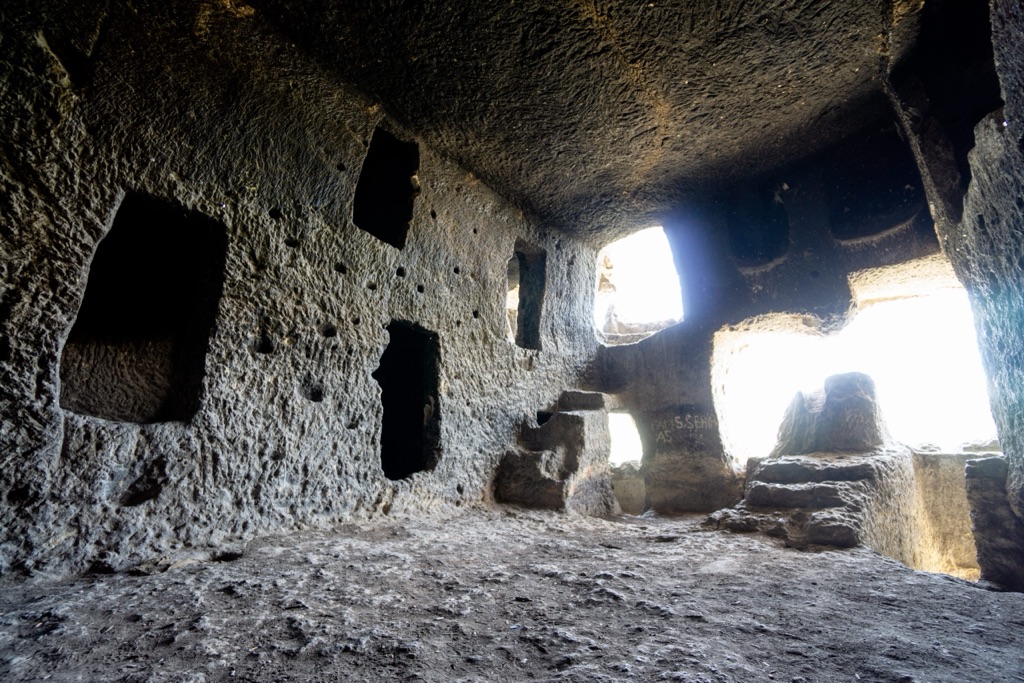
Cultural Significance, Dating methods, Theories and Interpretations
Cultural Symbolism of Taşkale’s Granaries
Taşkale’s granaries stand out as cultural symbols in the Karaman landscape. They embody the ingenuity and spirit of the communities that have lived here. These granaries are not merely storage facilities. They represent a shared history and resilience. The site has become an integral part of the local cultural identity. This draws interest from historians and tourists alike.
Unveiling the Past: Radiocarbon Dating and Stratigraphy
Experts have employed radiocarbon dating and stratigraphic analysis to determine Taşkale’s age. Radiocarbon dating of organic materials found within the site suggests it was in use as early as the Byzantine era. Moreover, stratigraphic studies of the site’s layers tell the tale of a long-term habitation and usage. Despite the precision of these methods, some details about Taşkale’s origins are still shrouded in mystery.
Theories on Taşkale’s Granaries
Several theories exist about Taşkale’s granaries. Some historians propose that they served as a communal system to ensure the equitable distribution of food. Yet, others believe they were a strategic reserve for times of siege. The high placement of the storerooms, accessible only by ladders, supports the latter theory. Still, the true purpose of these storerooms remains a topic for academic debate.
The interpretations of Taşkale’s granaries evolve with each archaeological expedition. Initial studies stressed their role in storing grain. Newer research suggests a multifunctional use, including as living quarters. The presence of inscriptions and artifacts within the storerooms enriches our understanding of their historical significance.
Today, the Taşkale site stands as a source of national pride and a testament to Turkey’s rich heritage. Its cultural and historical impact resonates with every discovery made within its depths. Taşkale’s narrative continues to fascinate and beckon explorers eager to decipher its ancient tales.
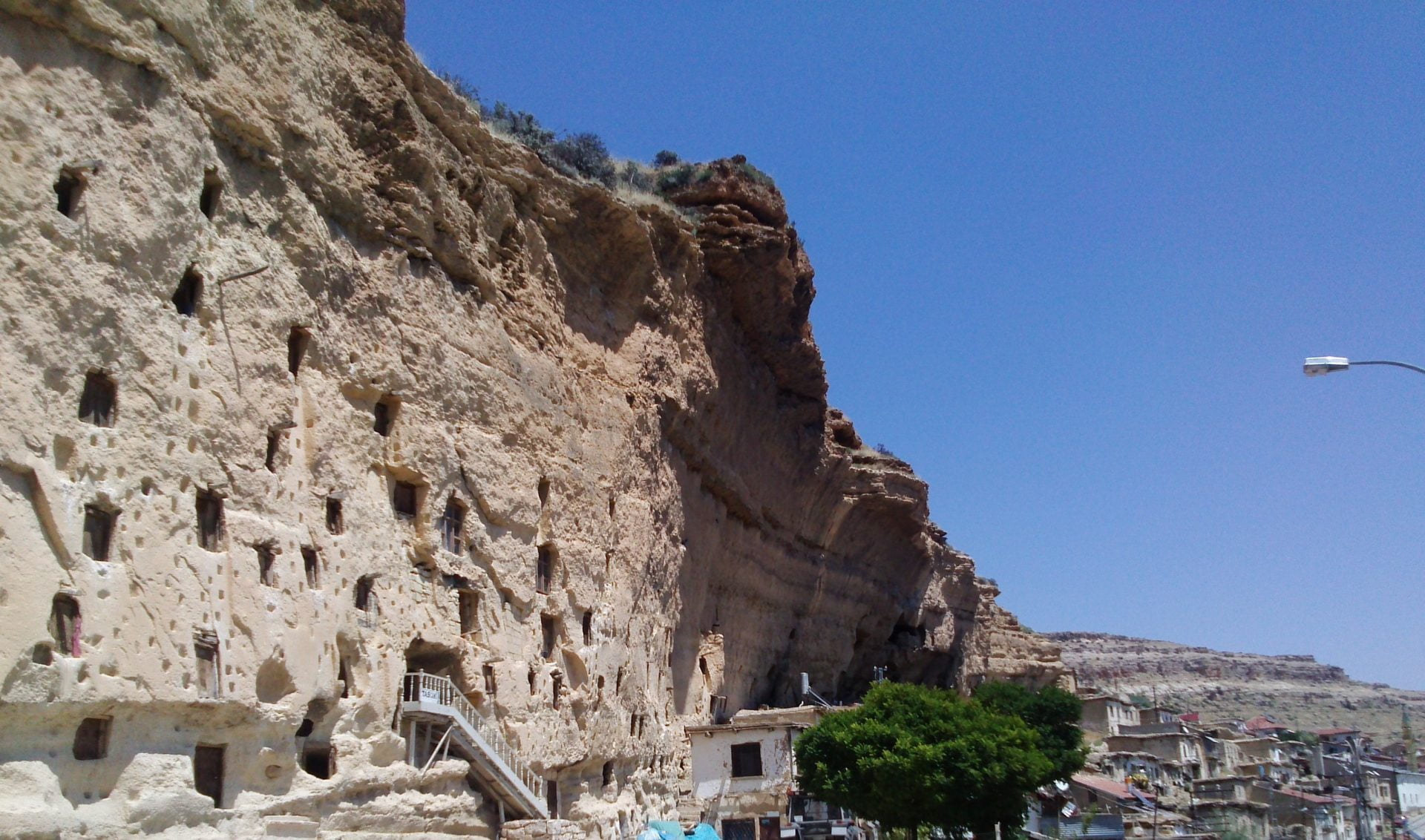
Conclusion and Sources
In conclusion, Taşkale is a remarkable historical site that offers invaluable insight into ancient agrarian societies. It stands as an emblem of human resilience and collective innovation. The granaries serve as a testament to the community’s forward-thinking initiatives for food security. Although questions remain regarding its complete history, the archaeological methods and contemporary theories continue to refine our understanding. Taşkale remains an important cultural symbol, drawing scholars and visitors alike to its enigmatic presence.
Further exploration and study will undoubtedly reveal more about this fascinating site. However, it is clear that Taşkale serves as a notable point of connection between the past and present. It offers a tangible link to the ingenuity of ancient civilizations. Acknowledging Taşkale’s cultural and historical significance enhances our appreciation for the site. It also supports the importance of preserving such monuments for future generations.
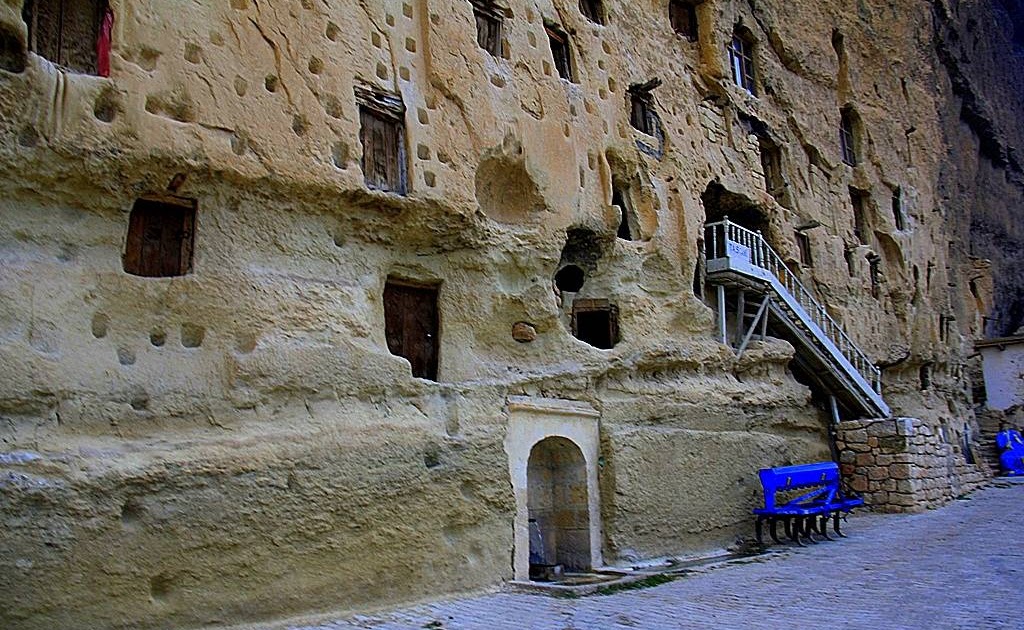
For further reading and to validate the information presented in this article, the following sources are recommended:
Or you can check any of these reputable archaeological and historical texts:
Özdoğan, M. (2017). Taşkale: An Anatolian Miracle. Istanbul: Arkeoloji ve Sanat Yayınları. This book provides an in-depth study on the architectural and historical aspects of Taşkale, exploring its significance in Anatolian history.
Kızıltaş, R. (2019). “Exploring the Byzantine Granaries of Taşkale: A Look Inside Turkey’s Past.” Mediterranean Archaeology Journal, vol. 22, no. 1, pp. 45-67. This journal article discusses the granaries of Taşkale, including their design and usage during the Byzantine era.
Emre, K., & Uzun, G. (2018). “The Agrarian Landscape of Taşkale: Cultural and Environmental Insights.” Journal of Cultural Heritage Management, vol. 4, no. 2, pp. 123-142. This paper details Taşkale’s agrarian landscape and its relevance to cultural and environmental studies.

